When you consider the lush, green leaves and aromatic scent of basil, it’s no surprise that it’s such a popular choice for kitchens and gardens alike. Perhaps you’ve considered growing it in your own garden or home, maybe as part of a mini herb garden, or simply in the pursuit of fresh cooking herbs. Regardless of your reasoning, growing basil is super rewarding. It’s pretty easy, too, as long as you follow the steps outlined in this basil-growing guide.
Choosing the Right Spot for Basil

Before you even think about growing your basil, you’re going to need to find the right spot for it. This should be a sunny spot with between six and eight hours of sunlight daily, either indoors or outdoors. Generally, basil prefers warm, draft-free areas, which help it thrive by providing the right conditions for steady growth. Either way, we’re sure there’ll be a suitable spot somewhere around your property.
Selecting the Right Soil
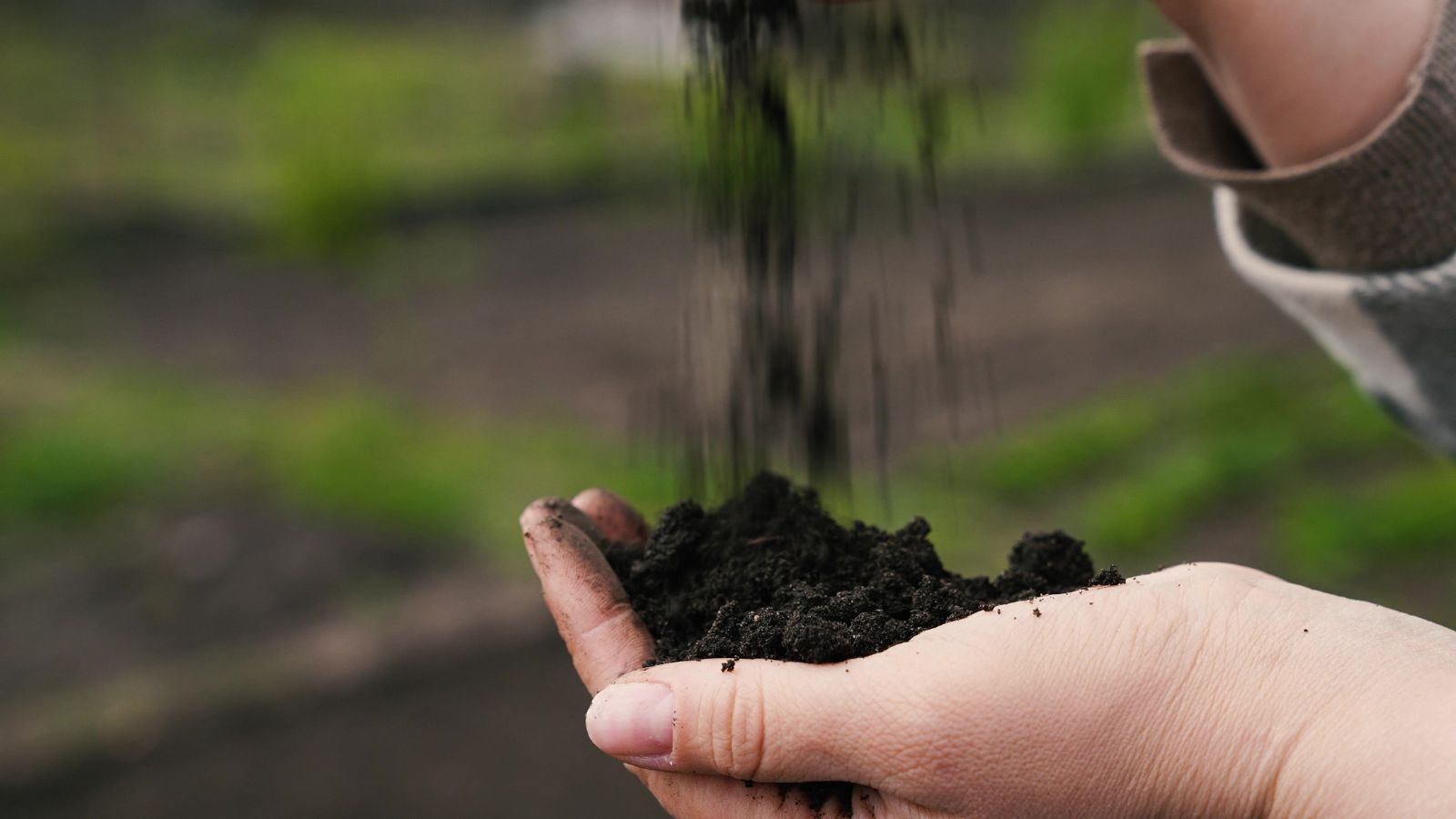
Once you’ve chosen a spot, you’ll then need to select the right soil for your basil. Typically, this herb grows best in well-draining soil that’s slightly acidic to neutral. Adding compost can provide extra nutrients and promote stronger growth, though it’s not essential if the soil is already fertile. Just aim for soil that isn’t too compacted, as basil roots benefit from a bit of space to spread and breathe.
Starting Basil From Seed
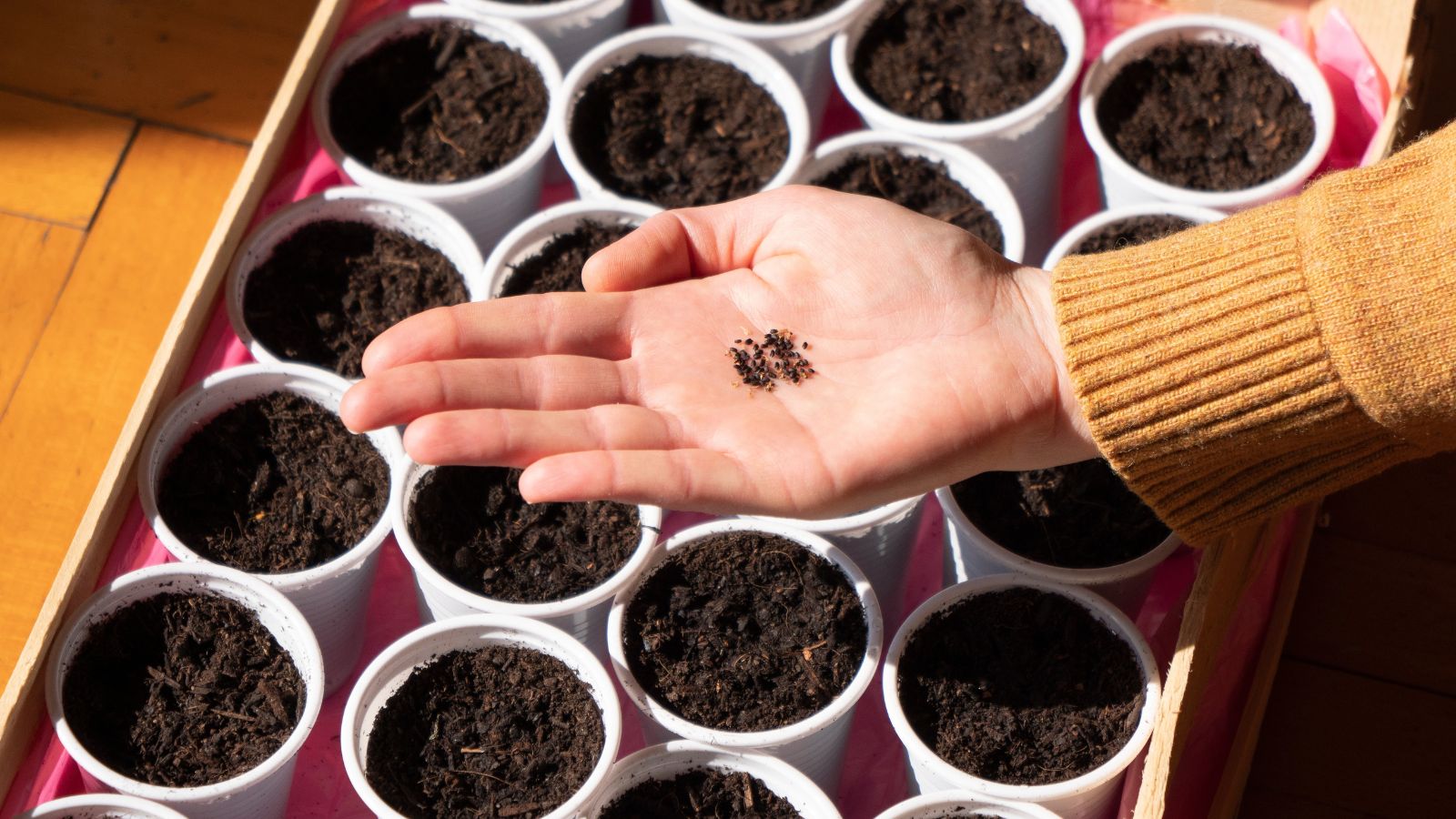
Even if you’ve never done it before, planting basil from seed is a straightforward process. Get your soil prepared and sprinkle seeds over it, covering them lightly. Then, keep the soil moist, and in about five to ten days, sprouts will start to appear, and you’ll be seeing significant progress in no time!
Transplanting Basil Seedlings
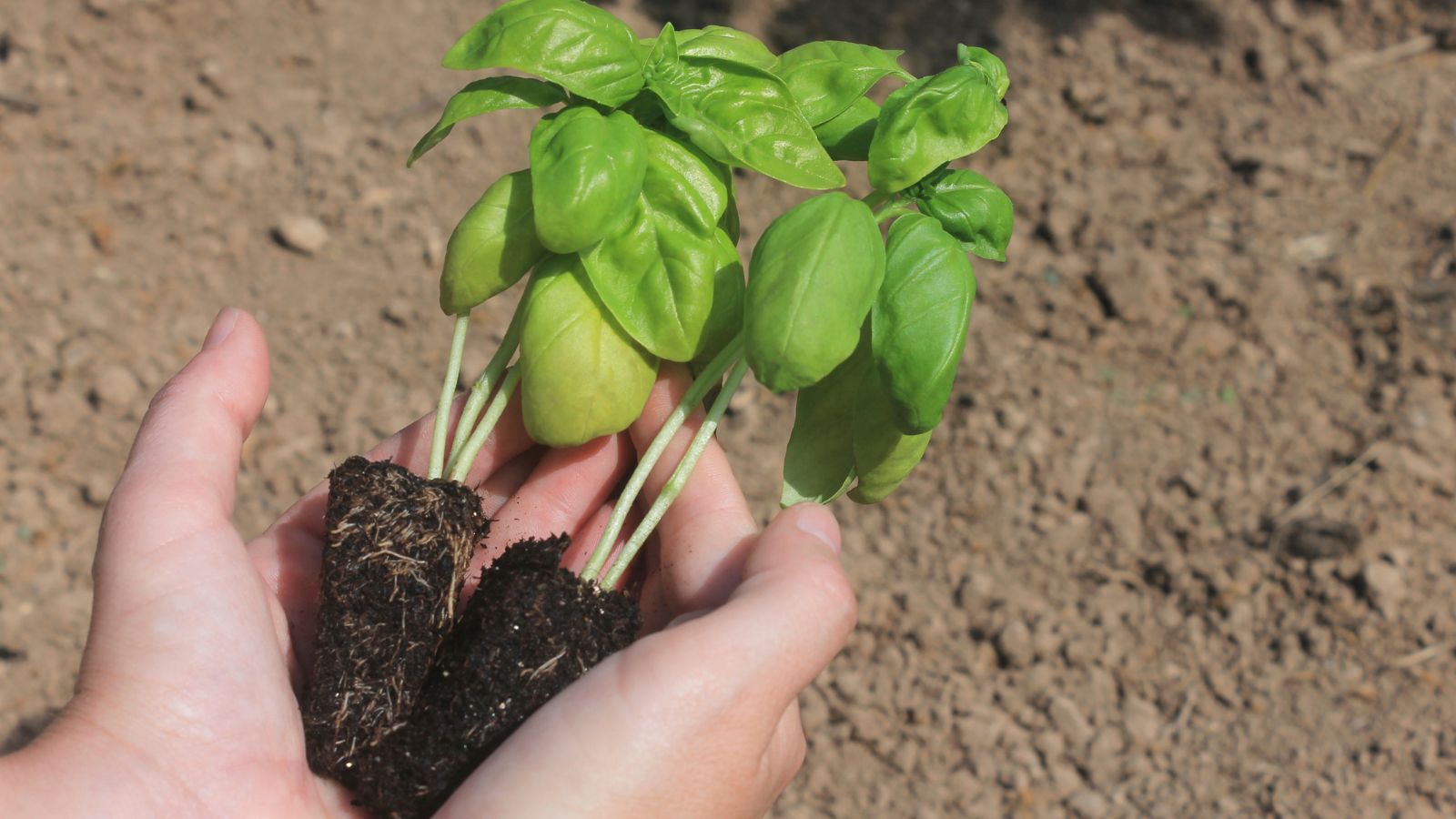
So, your basil seedlings have sprouted and have grown a few inches tall–what now? Well, it sounds like they’re ready for transplanting to their permanent home, whether that’s in the garden or a larger pot. You’ll need to gently handle the roots away from the temporary pot, doing it carefully to avoid shock. Once transplanted to their new home, don’t forget to water them to help them settle in.
Watering Basics for Basil
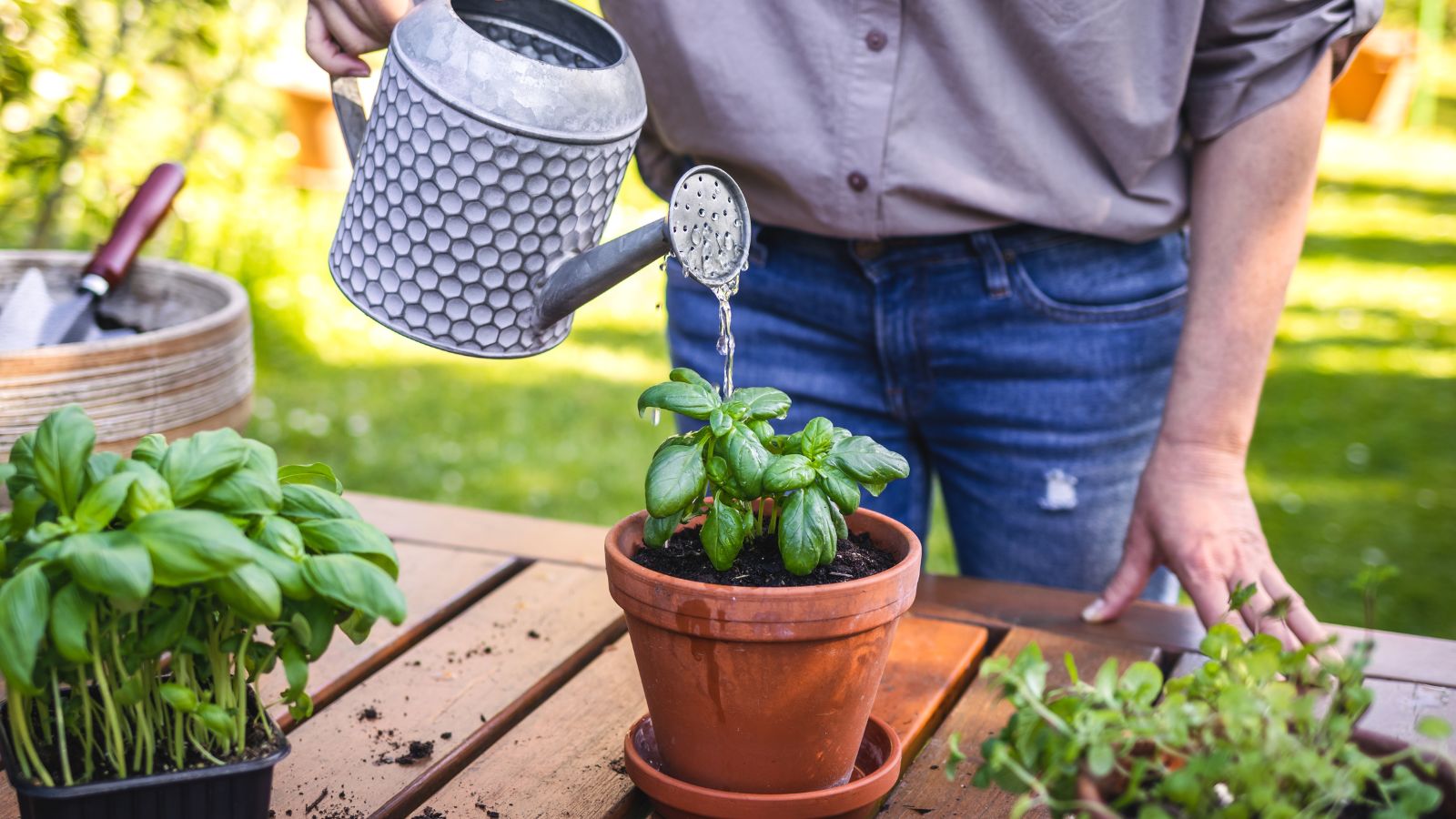
Basil prefers consistently moist soil, but it actively dislikes soggy roots. For this reason, you should only water your basil plant when the top inch of soil feels dry, aiming to water at the base to keep the leaves dry and prevent diseases. Don’t forget to adjust your watering schedule depending on the weather—more frequently in hot conditions and less when it’s cooler.
Fertilizing Basil for Healthier Growth
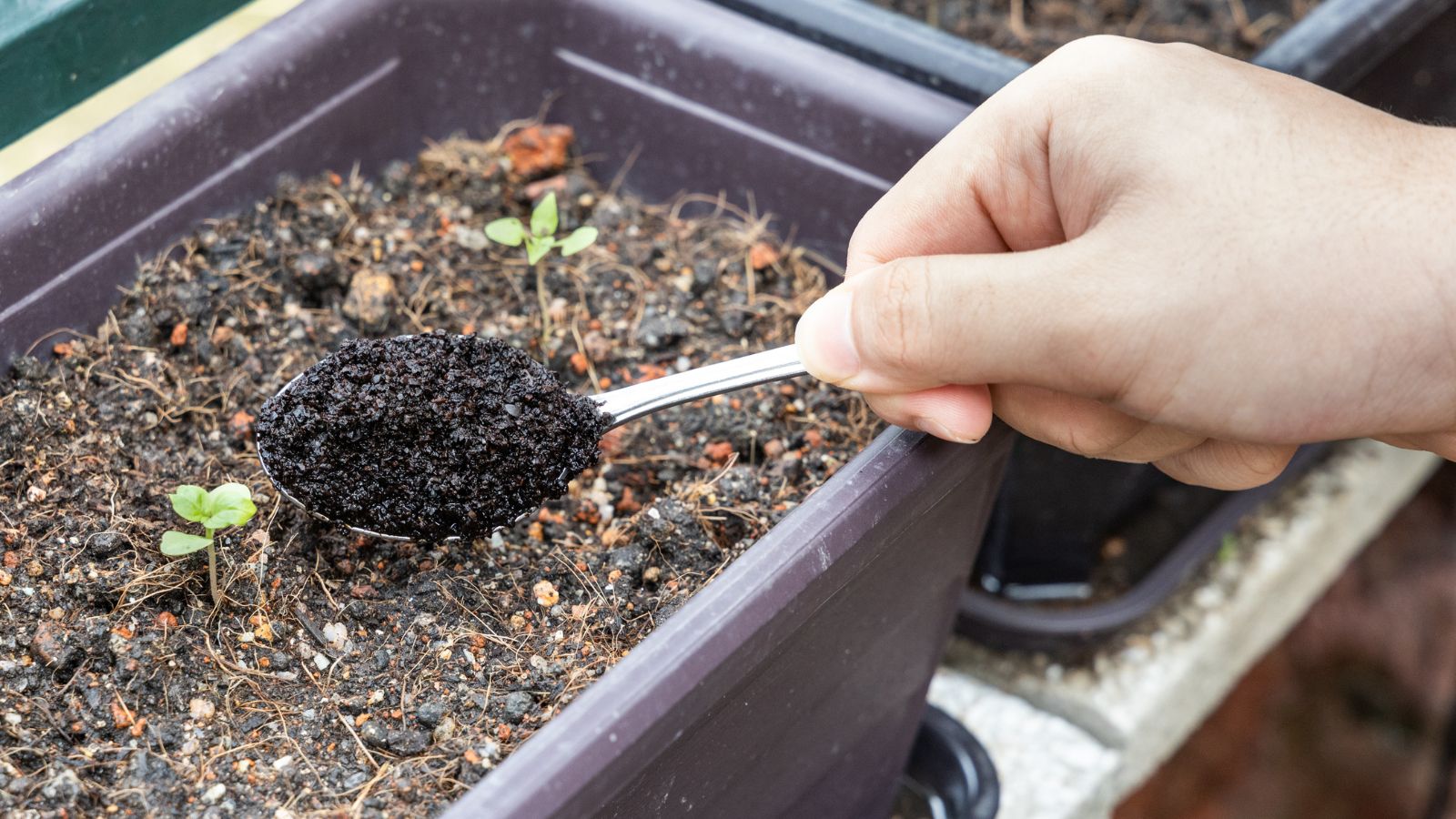
Using a light, balanced fertilizer can promote fuller growth, though basil can still thrive without it if the soil is nutrient-rich. However, for those wanting an extra boost, organic options like compost tea or fish emulsion work well. Just keep in mind that too much fertilizer may reduce the flavor of the leaves, so don’t go overboard.
Ensuring Proper Air Circulation
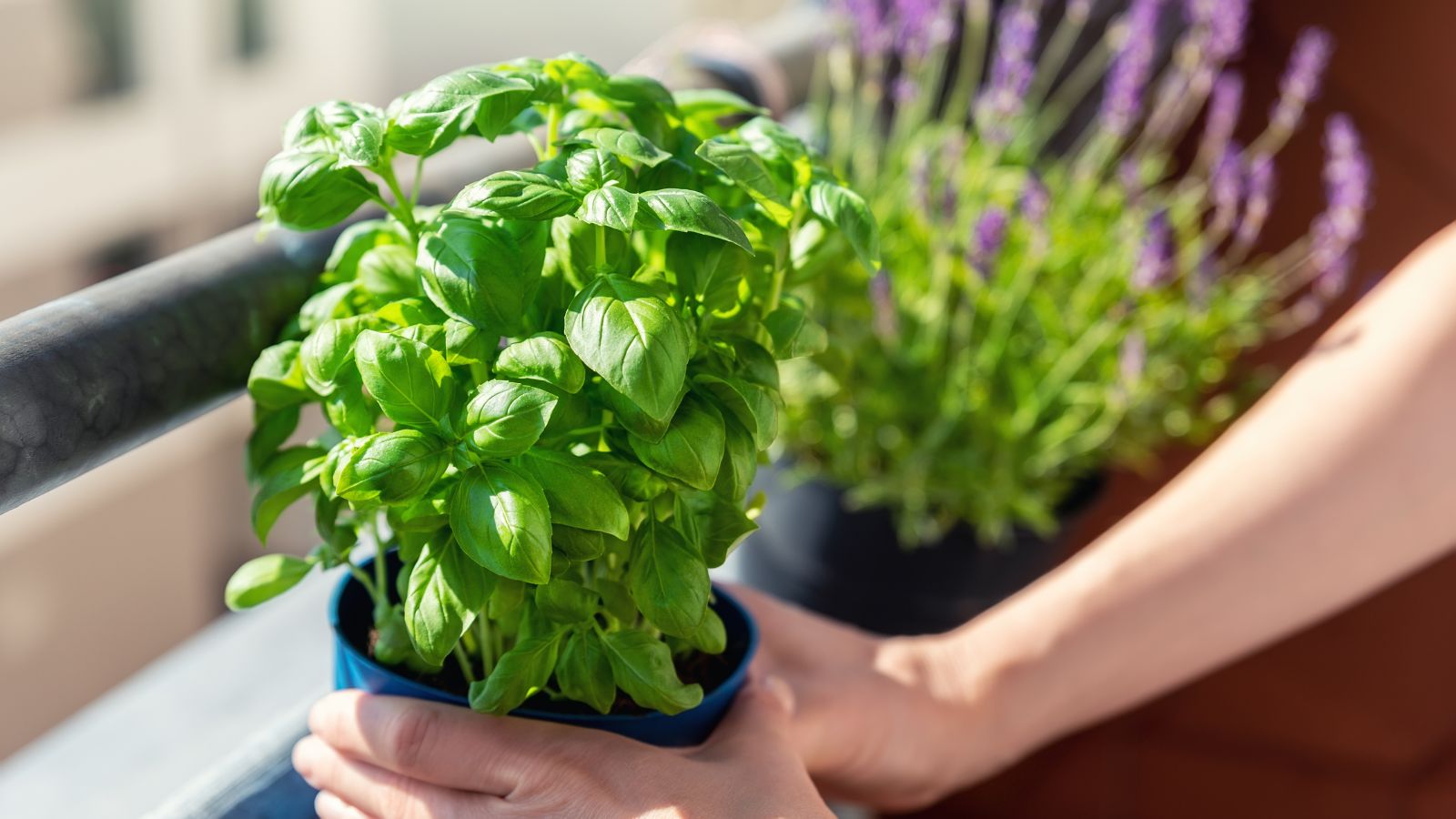
Another essential step to growing basil is to ensure good airflow around the plants, preventing it from developing fungal diseases, especially in humid conditions. Don’t overcrowd the plants, whether in pots or garden beds and when possible, give them access to natural outdoor breezes. If this isn’t possible, a small fan should do the job too.
Pinching Back for Bushier Plants
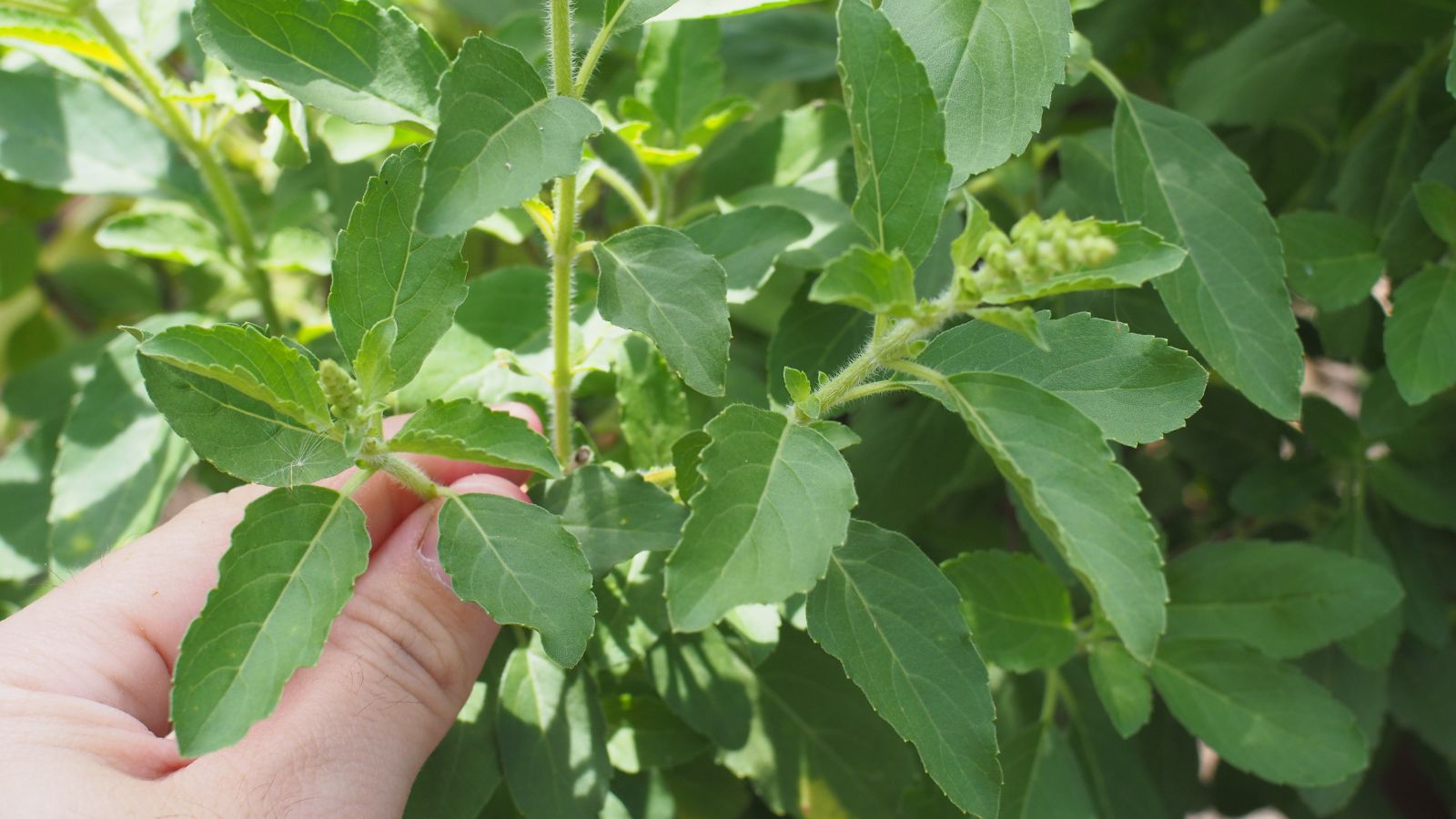
To encourage a bushier basic plant with more leaves, pinch the tips of basil regularly as it grows. Once the plant reaches about six inches tall, snip off the top leaves periodically. This might seem sad, but it’s an important practice that not only promotes more leaf growth but also helps delay flowering, keeping basil’s flavor-rich leaves coming.
Managing Basil Pests Naturally
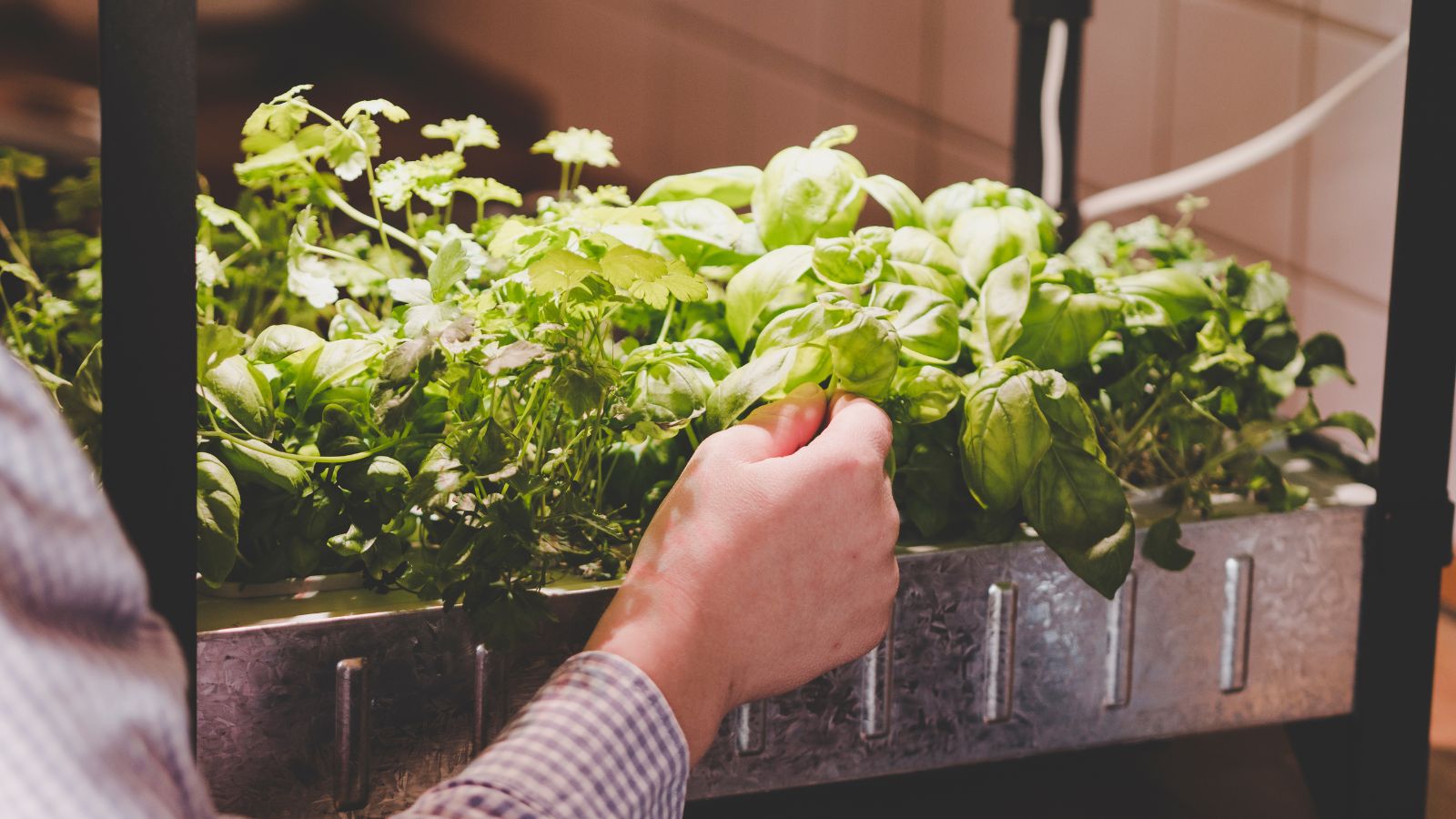
Even the most experienced gardeners get tempted to use pesticides as quick fixes, but this isn’t always the best way. Common basil pests include aphids, spider mites, and sometimes whiteflies, most of which can be naturally controlled with neem oil and ladybugs. Most importantly, though, check your basil leaves regularly, especially underneath, to catch pest issues and act accordingly before they spread.
Growing Basil Indoors vs. Outdoors
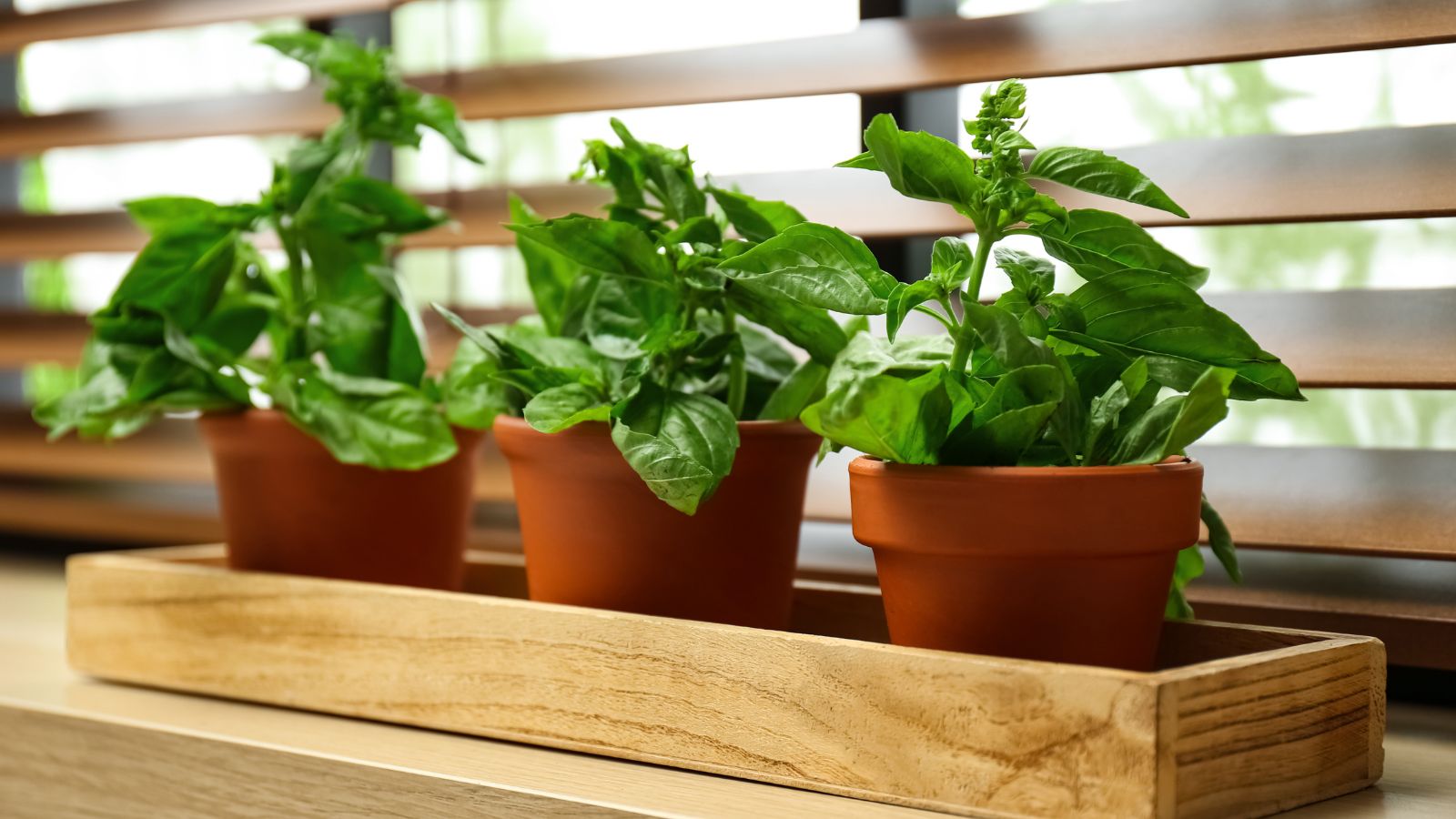
As we mentioned earlier, basil can grow well indoors as long as it has access to adequate light, ideally from a sunny window or a grow light. In the outdoors, though, basil thrives in the summer, although it should definitely be brought inside before frost sets in, as it’s frost-sensitive and won’t survive cold conditions.
Harvesting Basil Leaves

When the time finally arrives to start harvesting your basil, follow these simple steps: pinch off the leaves as you need them, start with the older leaves first, and do so regularly to encourage the plant to produce more. For optimal flavor, pick in the morning when essential oils are most concentrated. It really is that easy!
Preventing Basil From Flowering
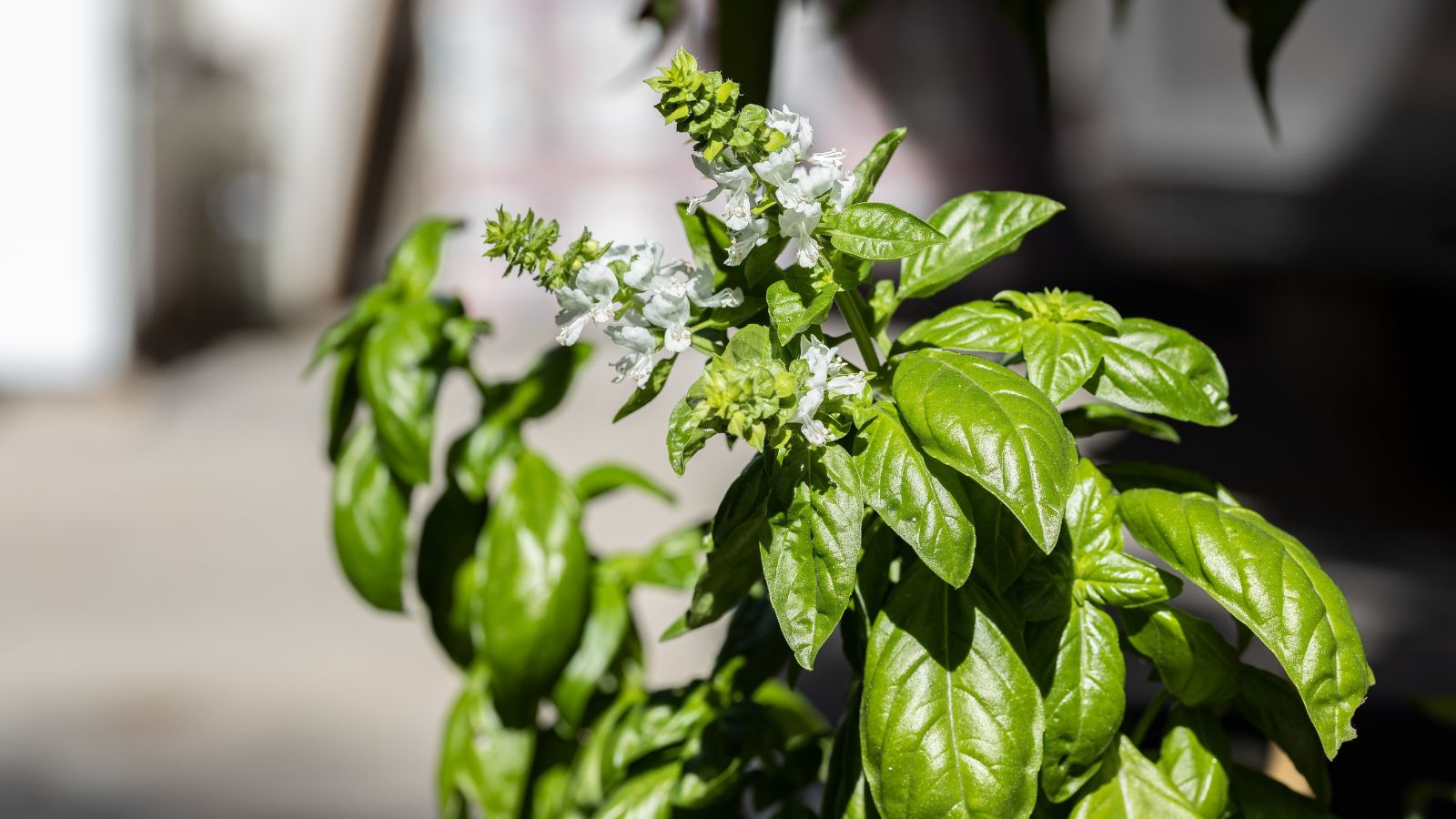
We briefly mentioned earlier the importance of preventing basil from flowering, and here’s why: the flowering process can make basil leaves taste bitter, so it’s best to pinch off any flower buds as they appear. Yes, the flowers might be pretty, but basil just isn’t the same when it’s bitter. So, keep on top of this practice to redirect the plant’s energy back to producing flavorful leaves, extending the harvest period and keeping your basil lush and productive.
Winter Care for Basil
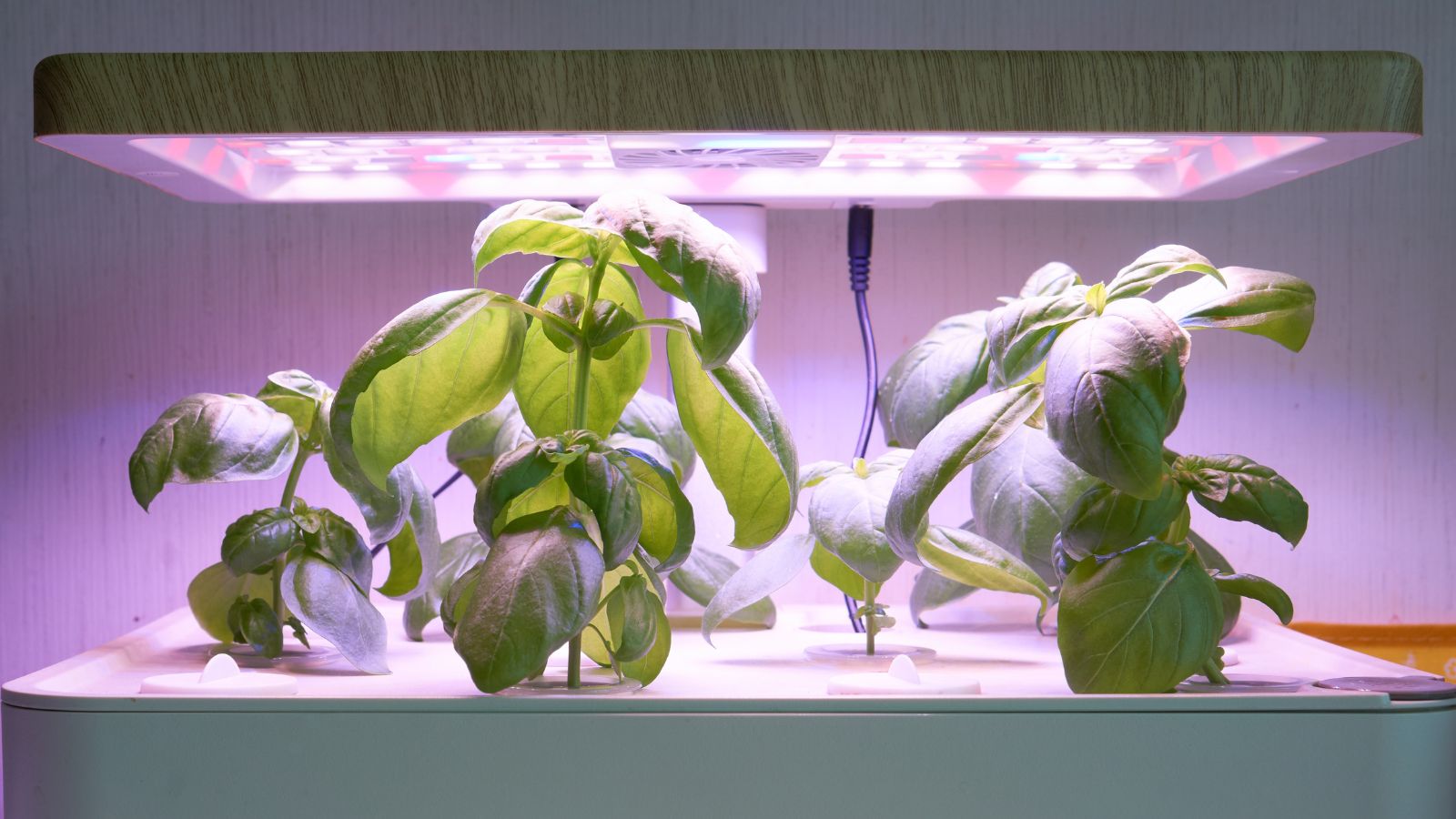
Although basil is an annual, bringing it indoors before frost can extend its life by a few months, as long as your winter isn’t too gray. Place the plant near a sunny window and water sparingly to maintain it through the winter, and you should be able to keep your harvest growing. If sunlight simply isn’t an option, consider using a plant light as a temporary alternative.
Using Mulch for Moisture Control
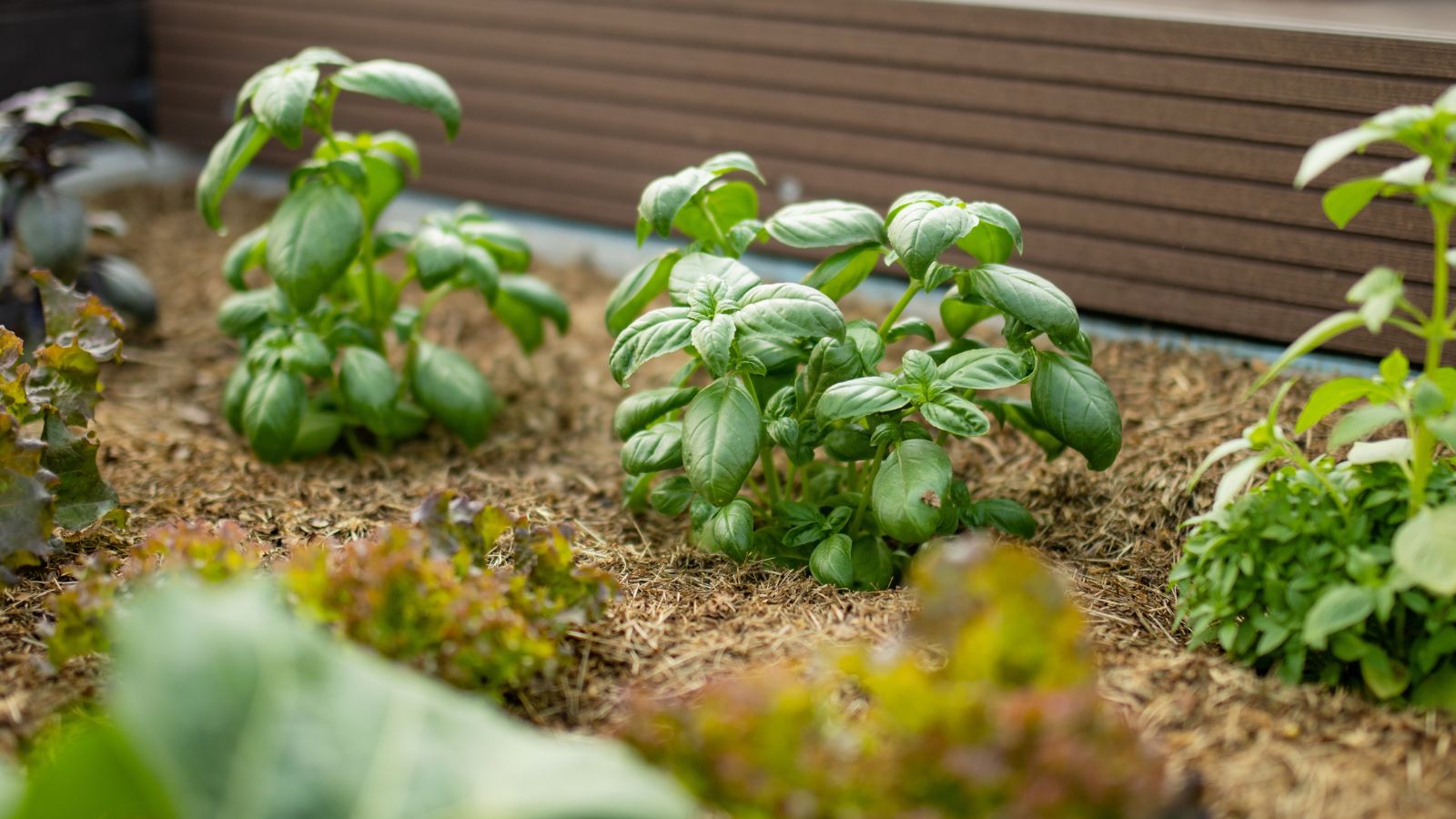
A lot of first-time basil growers forget that mulch helps it retain soil moisture and suppress weeds, especially in outdoor gardens. Organic mulch, such as straw or compost, works well, though basil’s shallow roots require careful application to avoid suffocating the plant. As long as you don’t overdo it, though, mulch can do wonders when it comes to soil temperature and stability.
Growing Basil in Containers
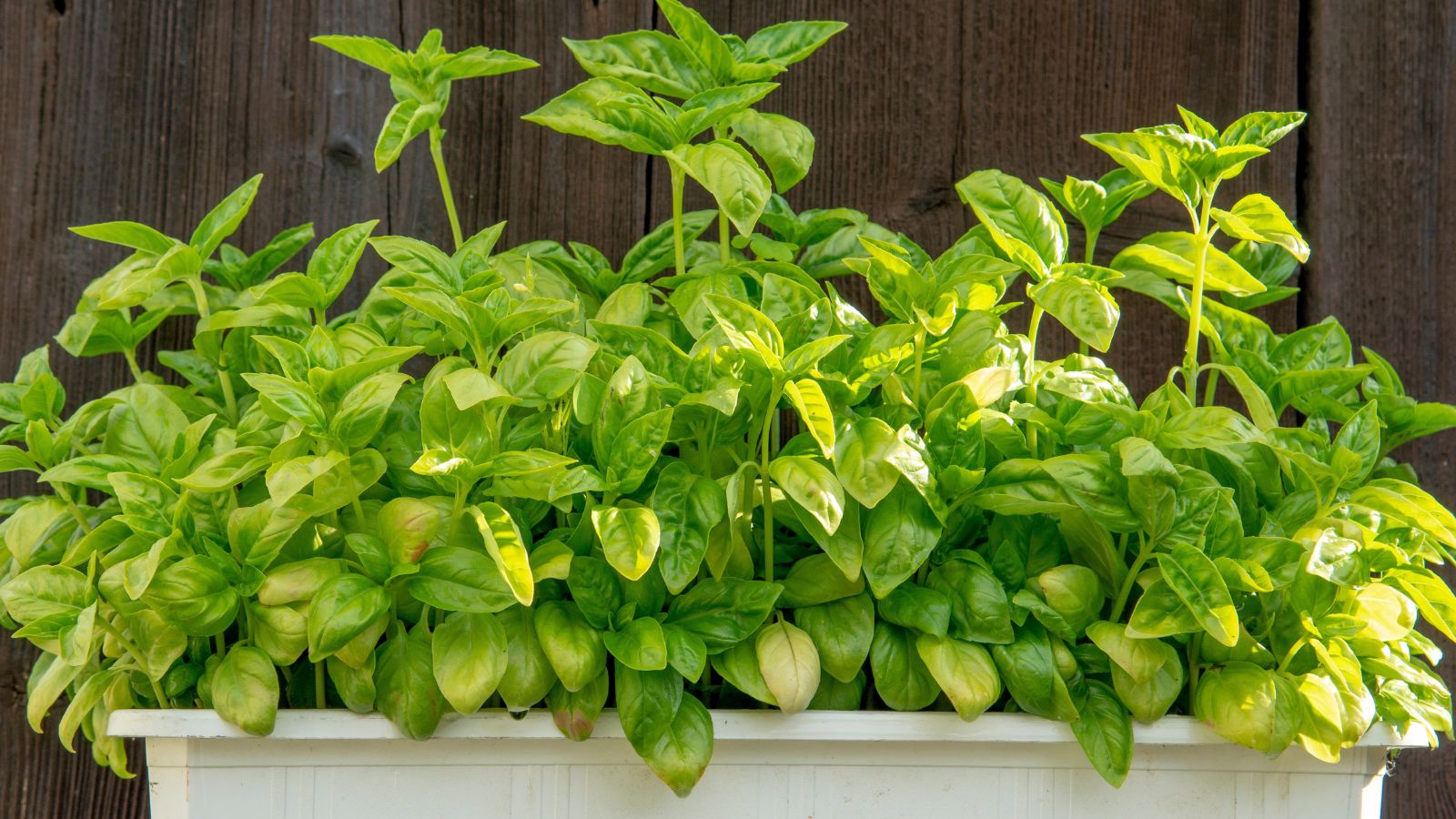
You might have dreamed about having a vast outdoor herb garden, but don’t feel that this is necessary, as basil grows happily in containers if they have proper drainage. Use pots that have holes at the bottom to accommodate this, and choose containers at least 8-10 inches wide. This provides enough room for root expansion and allows you to move the plant to the best sunny spot as needed.
Companion Plants for Basil
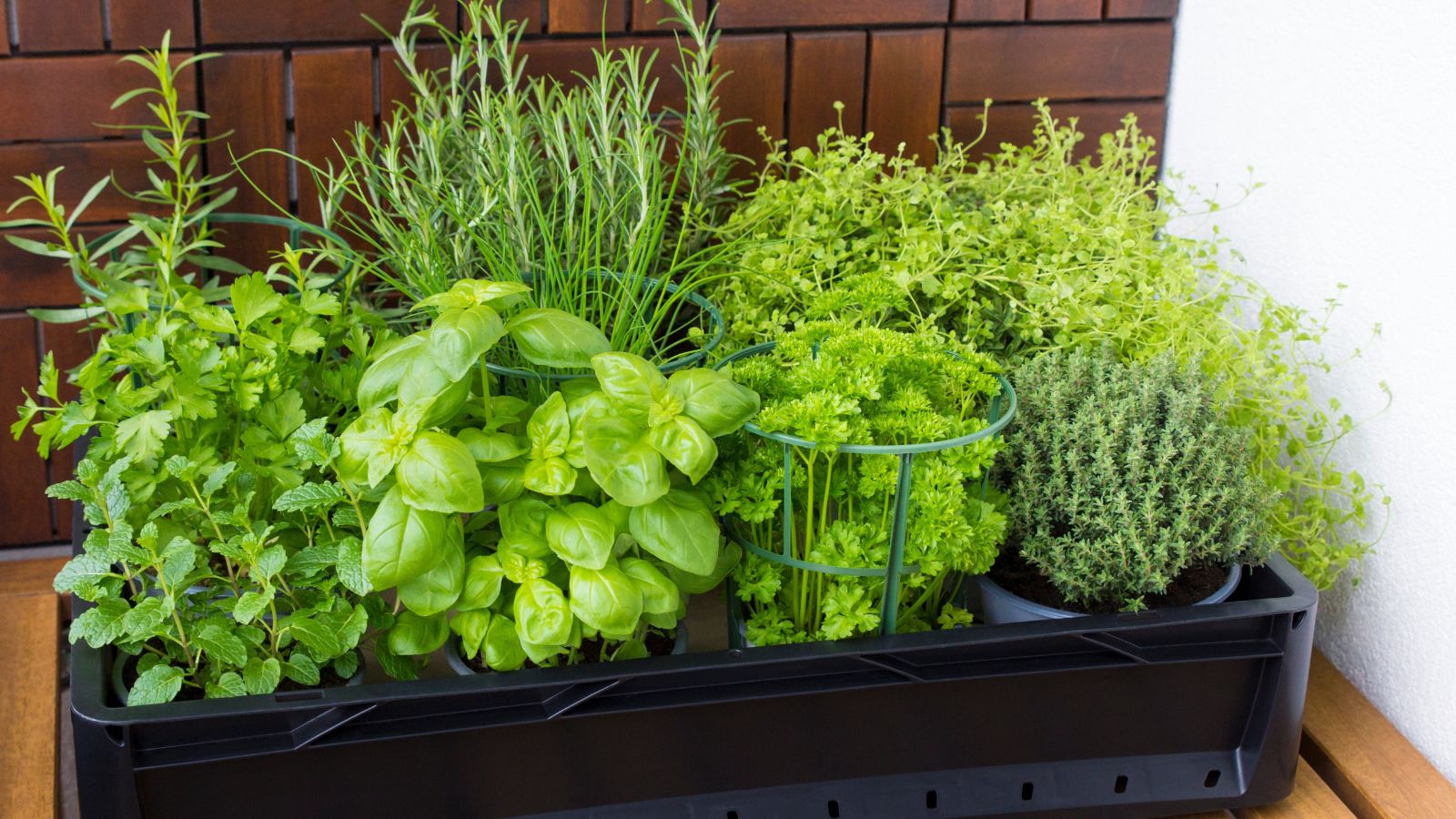
We briefly discussed using organic pesticide methods to keep pests off of your basil plant, and one of the best ways to do this is through companion planting. For example, basil pairs well with plants like tomatoes, peppers, and oregano, all of which can enhance its flavor while helping to deter pests. Avoid planting it near rue and sage, though, as these can hinder basil’s growth.
Drying and Storing Basil
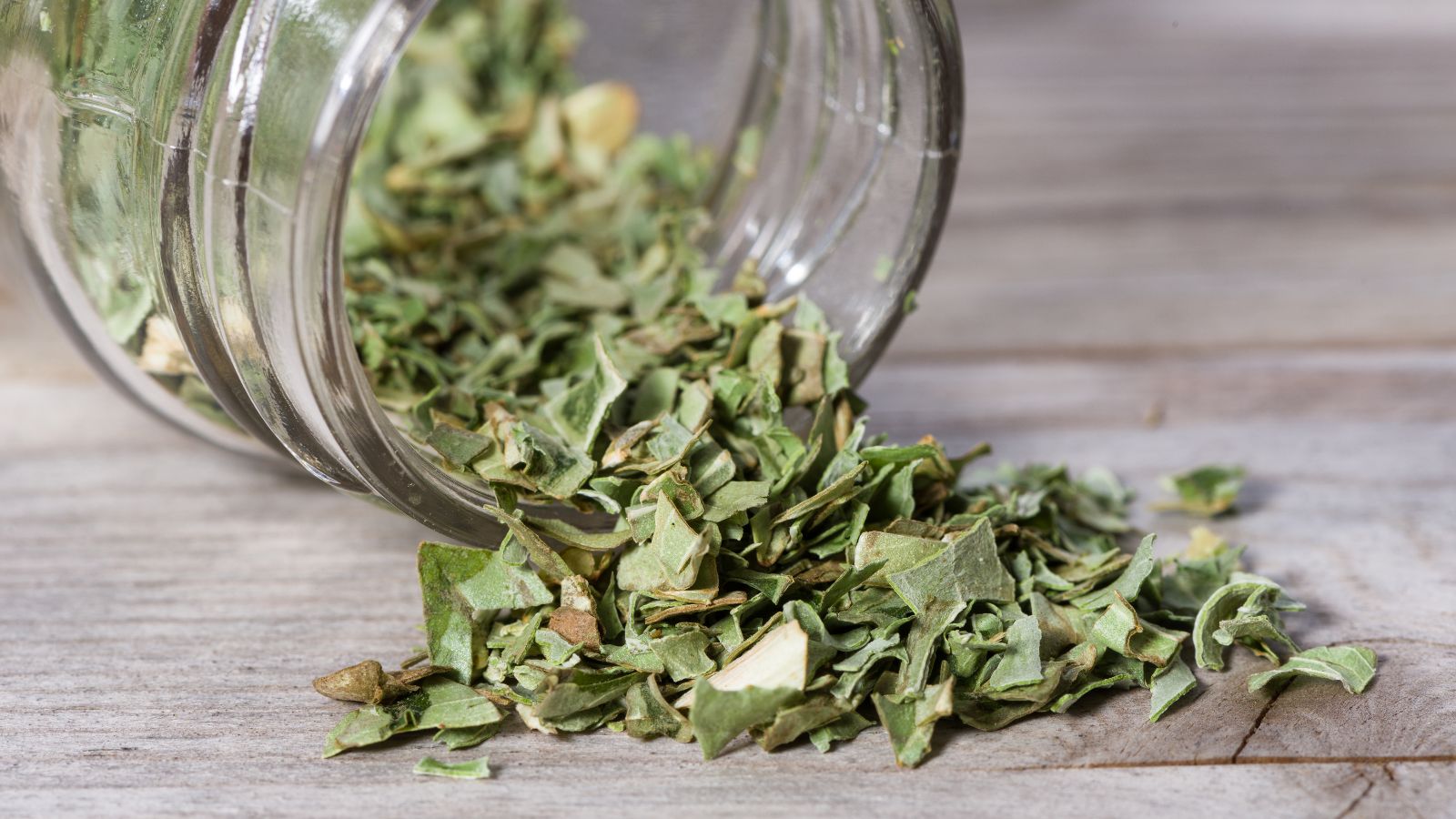
The final step to growing your own basil is to know what to do with it if you find yourself with an abundance of this delightful herb. To prevent it from shriveling and becoming useless, air dry it or use a dehydrator to preserve its flavor, storing it in an airtight container in a dark place. That way, you’ll have access to fresh basil from the garden all year round–now that’s a chef’s dream!
